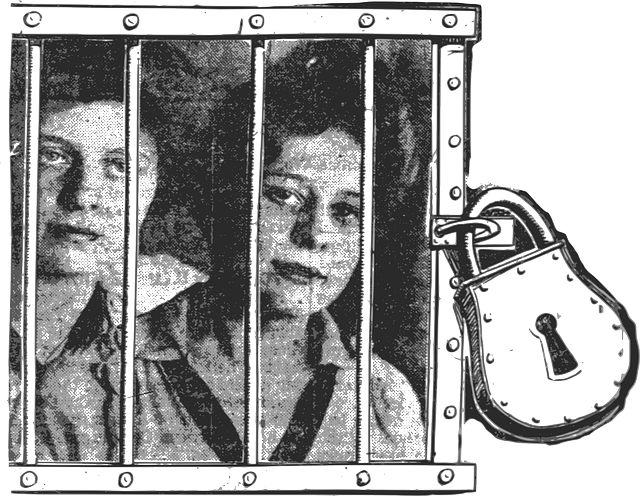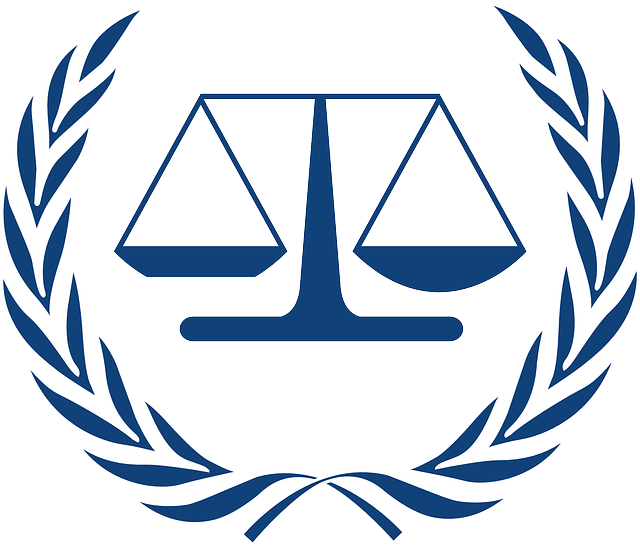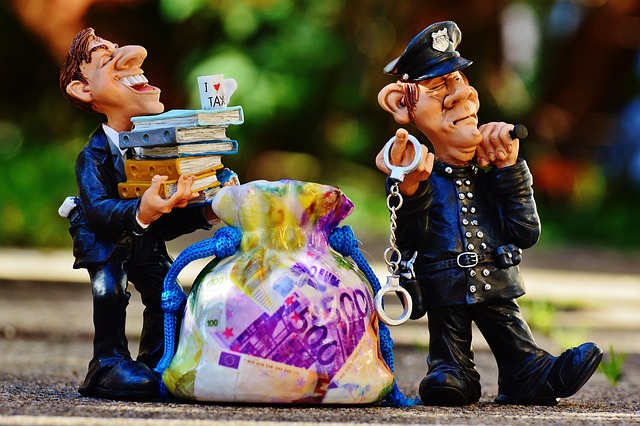Social media significantly influences youth culture, including decisions around alcohol consumption and Driving Under the Influence (DUI). With widespread online access, young people face peer pressure and content glorifying risky behaviors. While social media can facilitate sharing of experiences, it also presents legal complexities in DUI prevention efforts. Effective strategies mitigate these risks by using platforms for awareness campaigns, navigating challenges related to alcohol content, and creating a safer environment for young drivers. A multi-faceted approach includes strict laws, digital marketing, influencer partnerships, and peer education to engage teens directly. Early intervention through strategic content and workshops reduces DUI instances by empowering youth to make safe choices. Social media platforms like Instagram and TikTok reach wide audiences, dispel myths, and promote responsible driving behaviors, shifting youth culture towards safer decision-making.
“In the digital age, youth are increasingly influenced by social media, which can inadvertently promote risky behaviors like early alcohol consumption and driving under the influence (DUI). This article delves into the intricate relationship between social media and DUI among teenagers, exploring legal implications and highlighting critical prevention strategies. We discuss how social media platforms can be leveraged to educate young drivers about responsible drinking and safe driving practices, addressing a pressing public health concern from both a social media and legal perspective.”
- Understanding the Impact of Social Media on Youth and DUI
- Legal Implications: Protecting Minors from Alcohol-Related Driving
- Strategies for Early Intervention and Prevention Programs
- Utilizing Social Media Platforms to Promote Responsible Driving
Understanding the Impact of Social Media on Youth and DUI

Social media plays a significant role in shaping youth culture and behaviors, including decisions related to alcohol consumption and driving under the influence (DUI). With widespread access to online platforms, young individuals are often exposed to peer pressure and influential content that may glorify risky behaviors. Social media can facilitate the sharing of experiences, including those involving alcohol, creating a false sense of normalcy and encouraging trial or experimentation.
The legal aspects of social media in relation to DUI prevention are complex. While platforms can serve as tools for awareness campaigns and educational initiatives aimed at deterring underage drinking and driving, they also pose challenges. Online interactions and sharing of content related to alcohol consumption may inadvertently encourage or normalize such behaviors among teens. Understanding these dynamics is crucial in developing effective strategies to mitigate the risks associated with social media use and DUI, ensuring a safer environment for young drivers.
Legal Implications: Protecting Minors from Alcohol-Related Driving

The legal implications of preventing early DUI (Drunk Driving Under Influence) among youths are multifaceted, with a strong focus on protecting minors from alcohol-related driving. In many jurisdictions, laws specifically target young drivers to deter them from operating vehicles while under the influence. These laws often include strict penalties, such as enhanced licensing restrictions and longer suspension periods, for those who violate them. Social media and DUI legal aspects are increasingly intertwined; platforms like Instagram, TikTok, and Twitter can be used to disseminate public service announcements and educational content aimed at raising awareness about the dangers of drinking and driving among teenagers.
Moreover, digital marketing strategies are employed to reach young audiences where they congregate online, addressing them directly with impactful messages that resonate with their peer groups. This approach not only educates but also deters potential DUI incidents by promoting responsible behavior. Legal entities collaborate with social media companies to ensure that content related to alcohol and driving safety reaches the intended audience effectively, utilizing hashtags, influencer partnerships, and targeted advertising to enhance the impact of prevention campaigns.
Strategies for Early Intervention and Prevention Programs

Early intervention is a powerful tool in preventing youth from engaging in dangerous behaviors, especially regarding DUI (Driving Under the Influence). Programs can leverage various strategies to reach young people before they consider such risky actions. One effective approach is utilizing social media platforms, as these digital spaces allow for direct engagement with teens. By creating informative and interactive content about the legal aspects of DUI, its consequences, and promoting responsible drinking, prevention campaigns can capture attention and foster awareness.
Additionally, schools and community organizations can partner to host workshops, seminars, or peer-led discussions, addressing alcohol use and its legal implications. Educating youth about their rights and responsibilities regarding alcohol consumption can empower them to make better decisions. These early intervention strategies not only inform but also inspire young individuals to challenge peer pressure and make safe choices, ultimately reducing the incidence of DUI.
Utilizing Social Media Platforms to Promote Responsible Driving

In today’s digital era, social media platforms have become powerful tools for engaging young individuals in discussions about responsible driving. By leveraging these channels, prevention initiatives can reach a wide audience and dispel myths surrounding DUI (Driving Under the Influence) that often resonate with youth. Instagram, TikTok, and Snapchat, with their interactive nature and vast user bases, offer unique opportunities to share impactful stories, educational content, and real-time updates on the legal aspects of DUI, including consequences and prevention strategies. Campaigns that use these platforms creatively can engage teens and young adults in conversations about responsible decision-making while reducing the allure of early drinking and driving.
Furthermore, social media provides a space for peer-to-peer communication, where young people can share their experiences and influence each other positively. By fostering online communities centered around safe driving, individuals can feel empowered to make better choices knowing that their peers support and encourage responsible behavior. This social aspect of digital platforms can significantly impact youth culture, shifting attitudes towards DUI and promoting a culture of responsible driving from an early age.
In conclusion, addressing Youth Prevention Stopping Early DUI requires a multifaceted approach. By understanding the influence of social media on young individuals’ behaviors, we can implement effective legal strategies to protect minors from alcohol-related driving risks. Early intervention programs and responsible driving campaigns utilizing social media platforms can significantly contribute to reducing DUI rates among youth. Integrating these initiatives ensures a safer future for our communities by fostering responsible choices and promoting well-informed decisions regarding alcohol consumption and driving.






